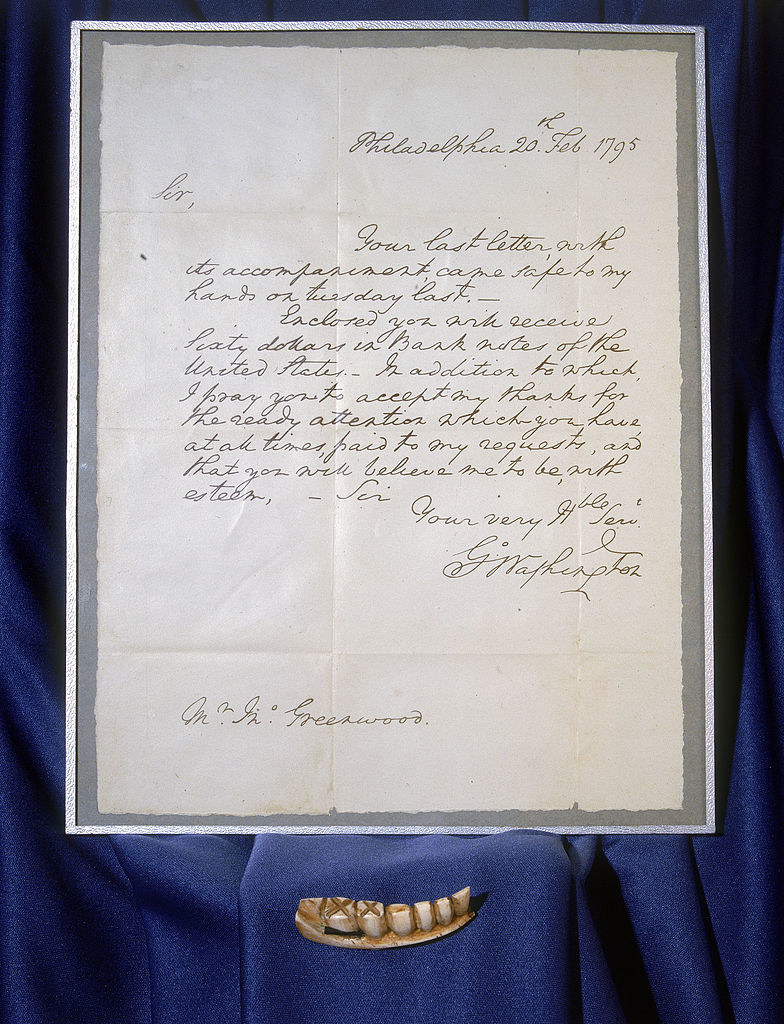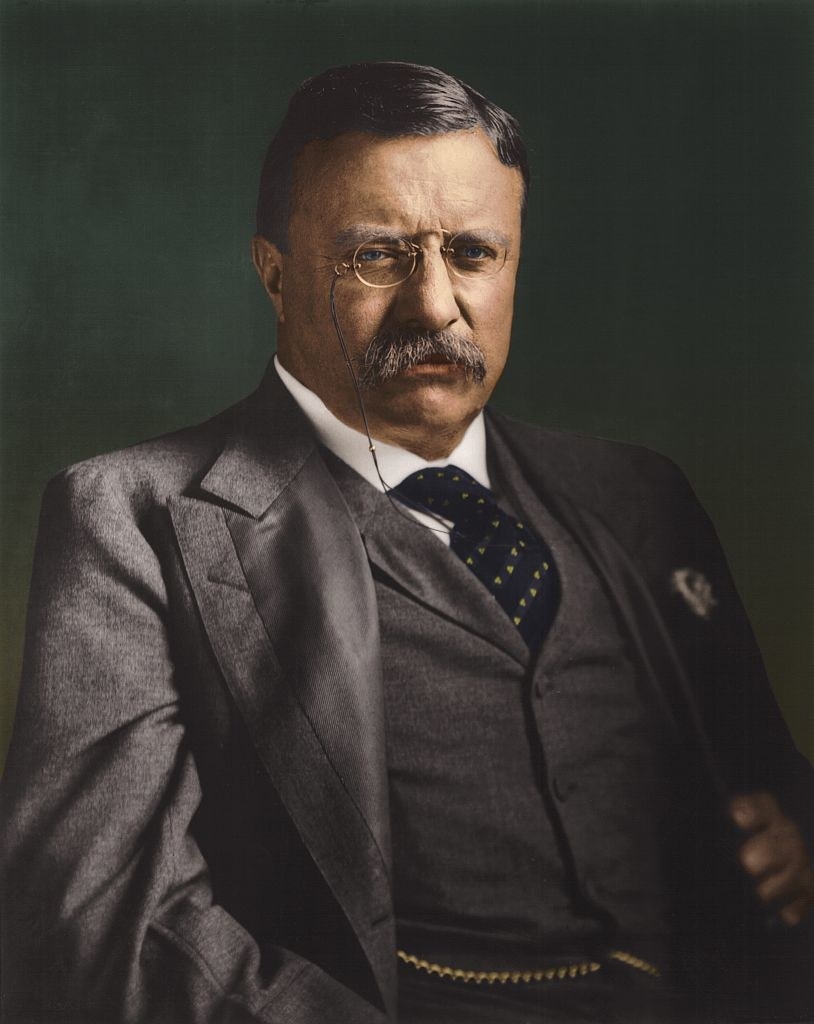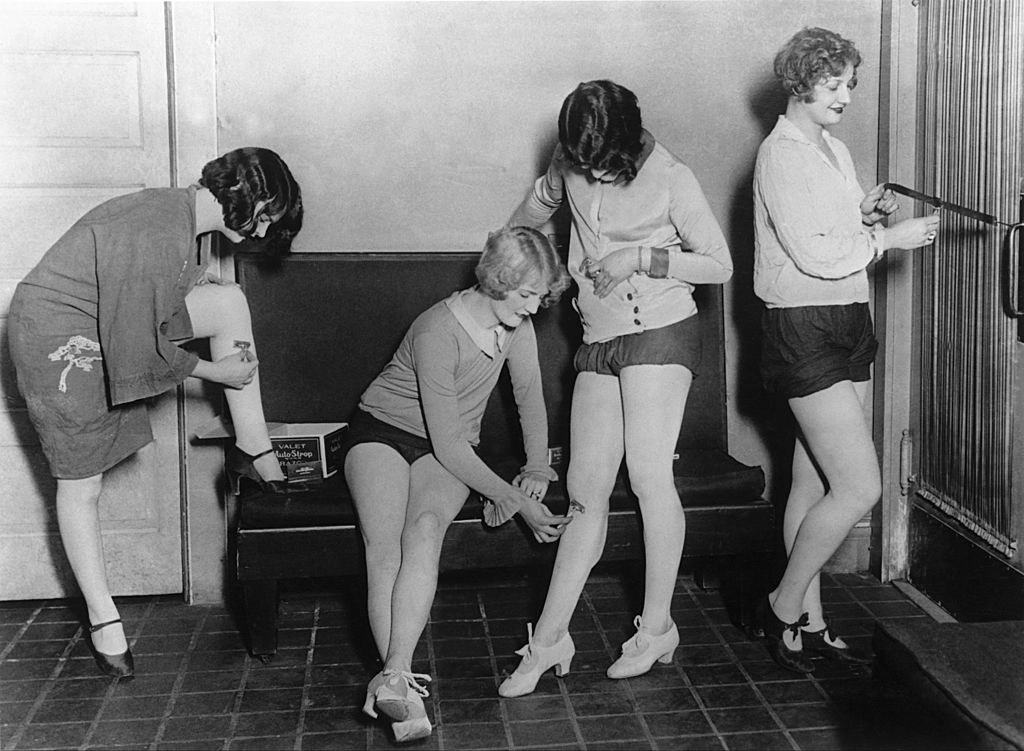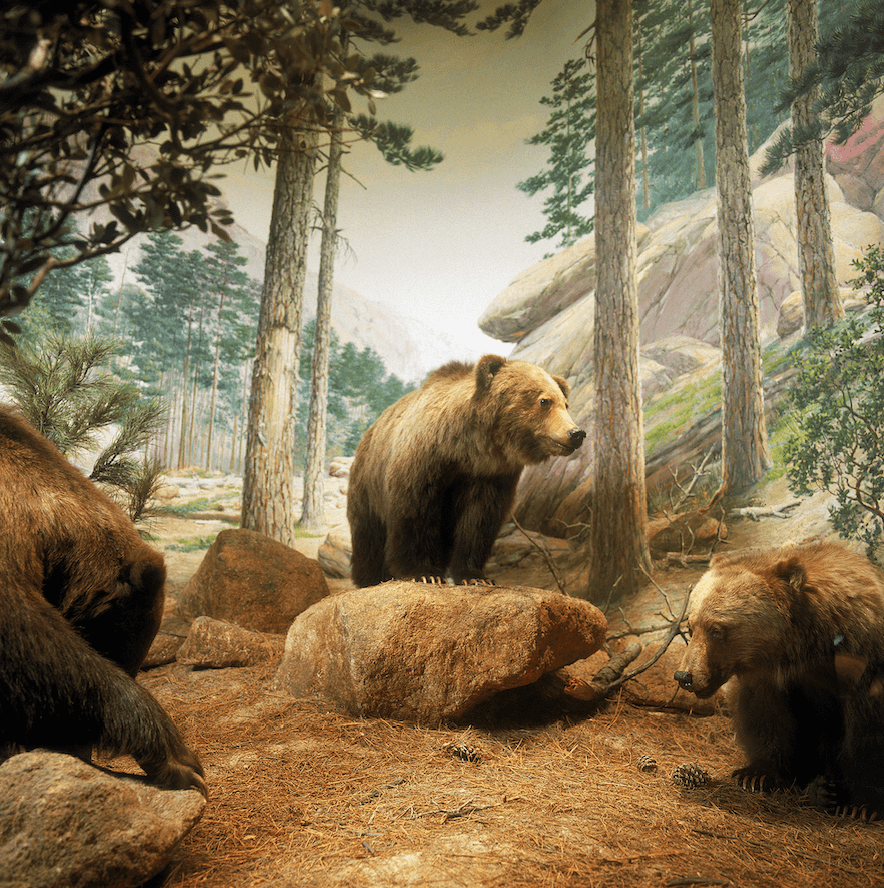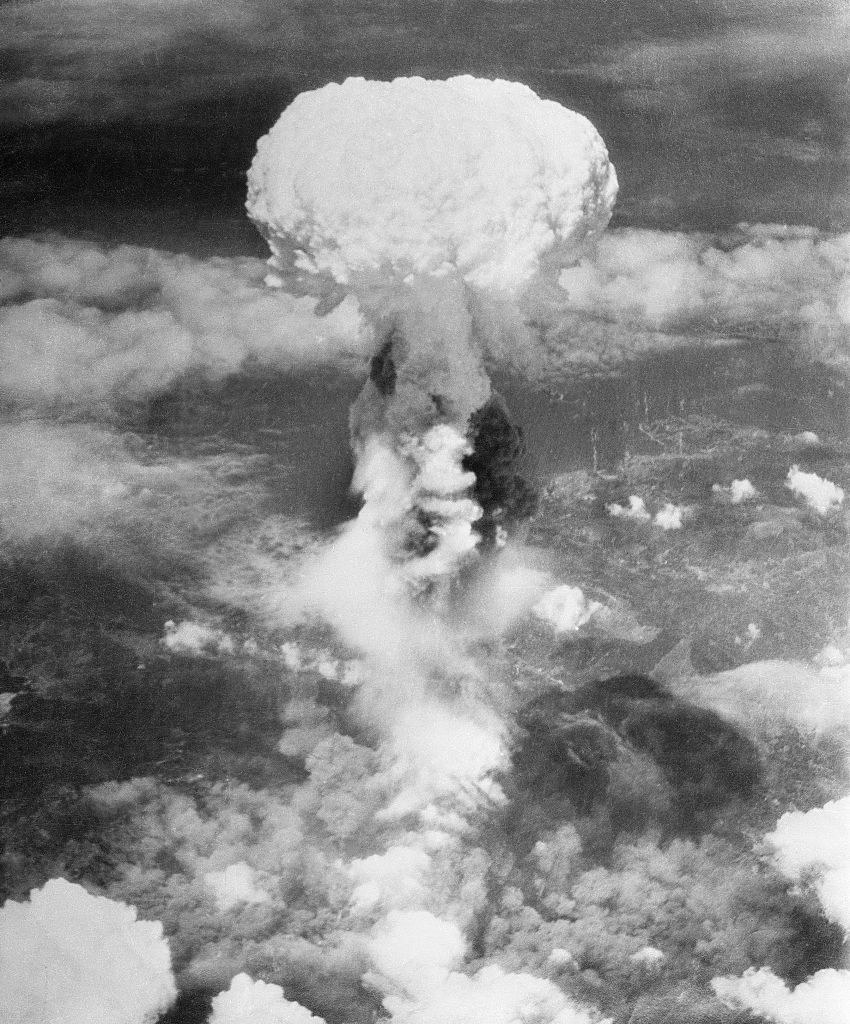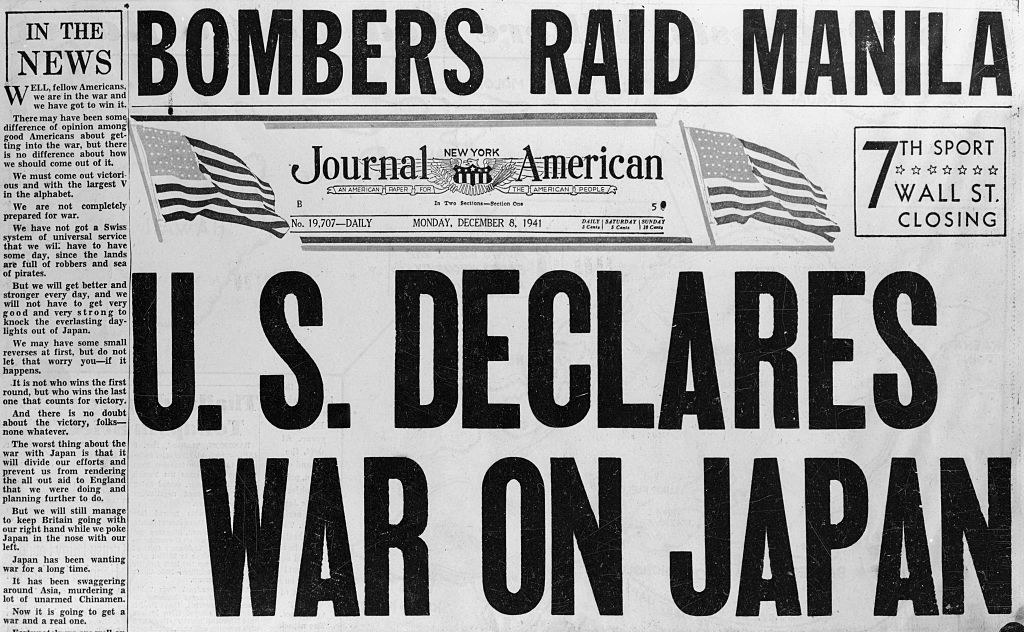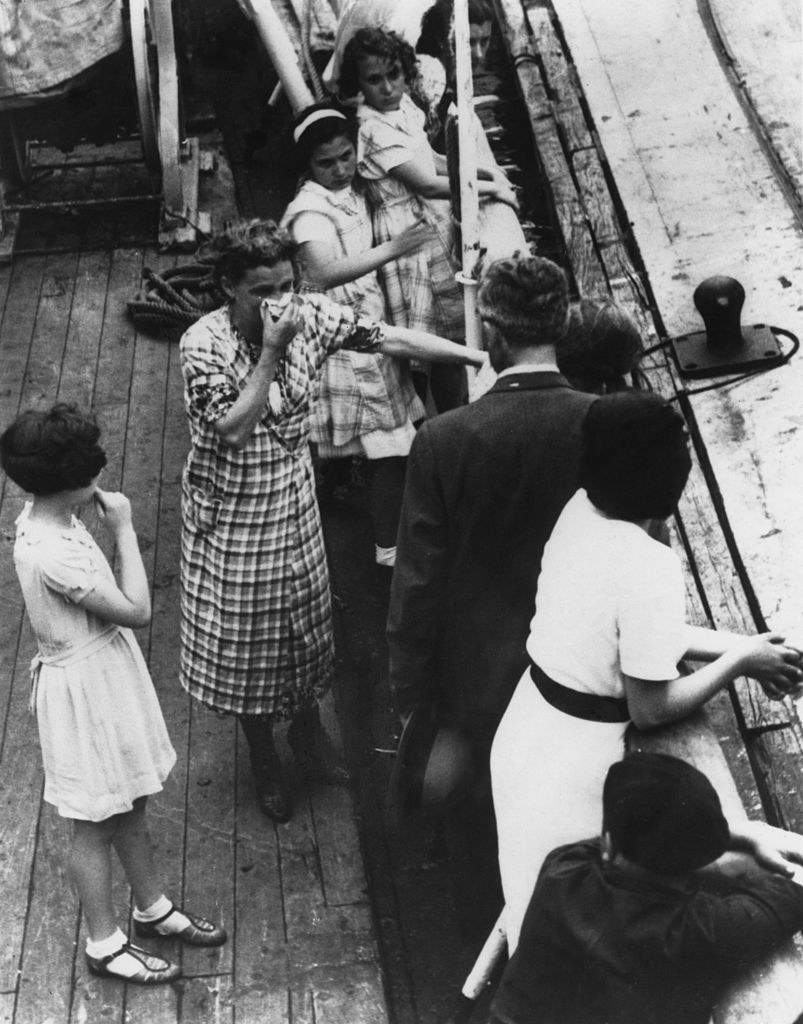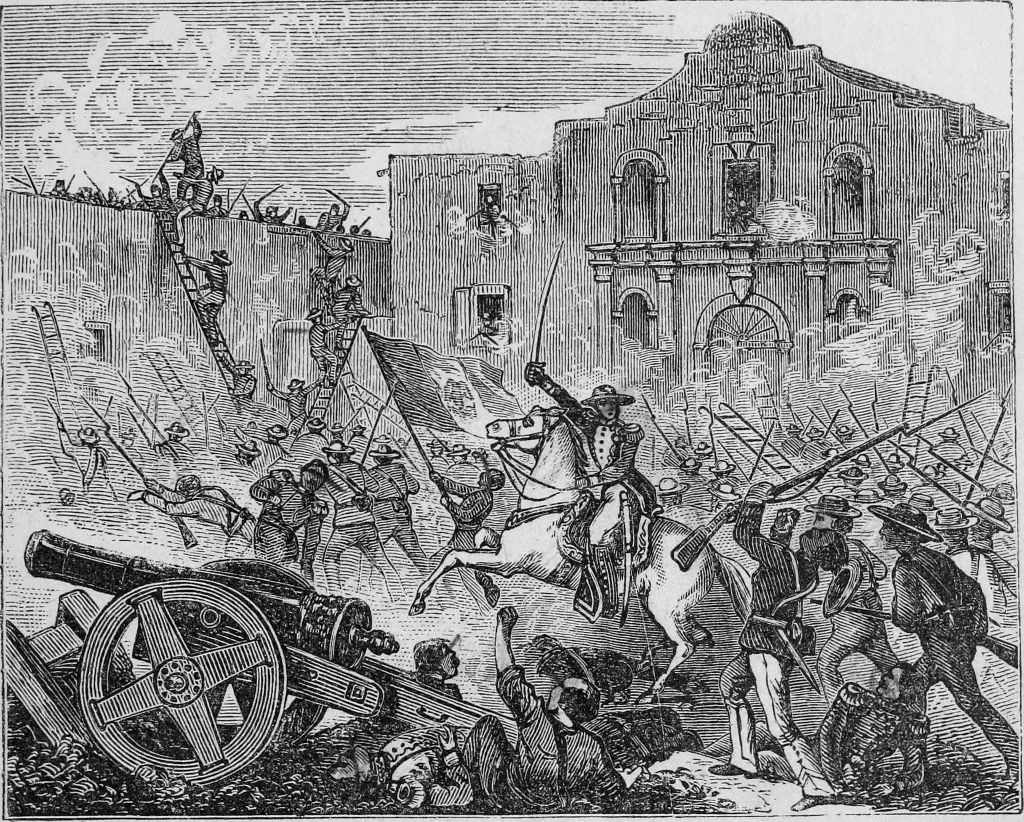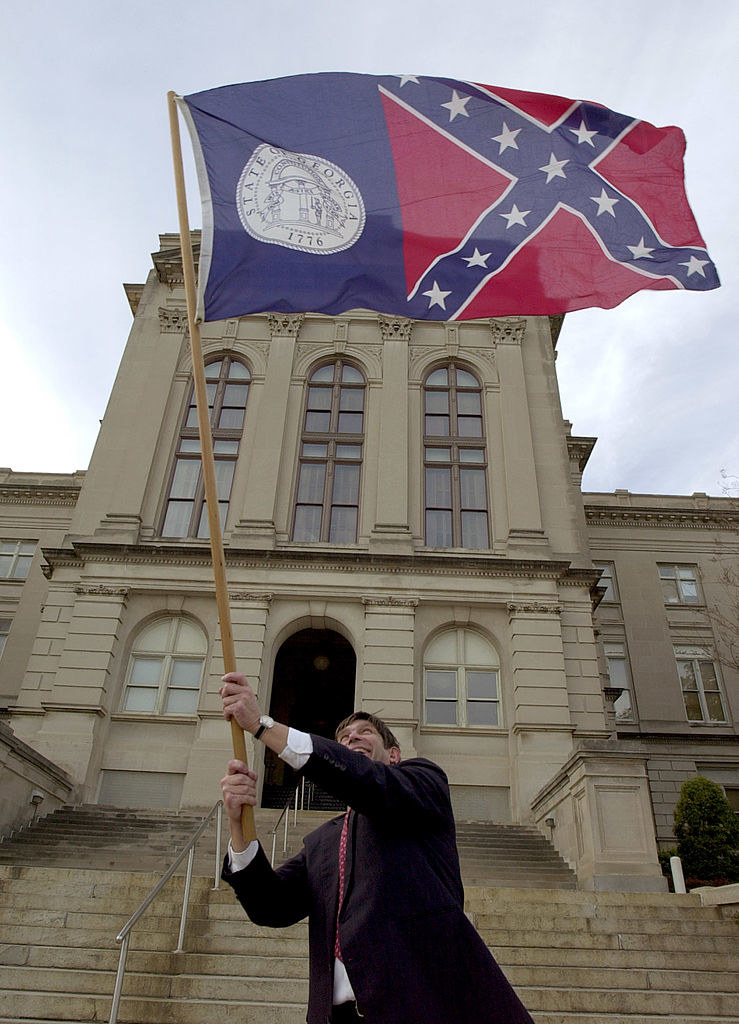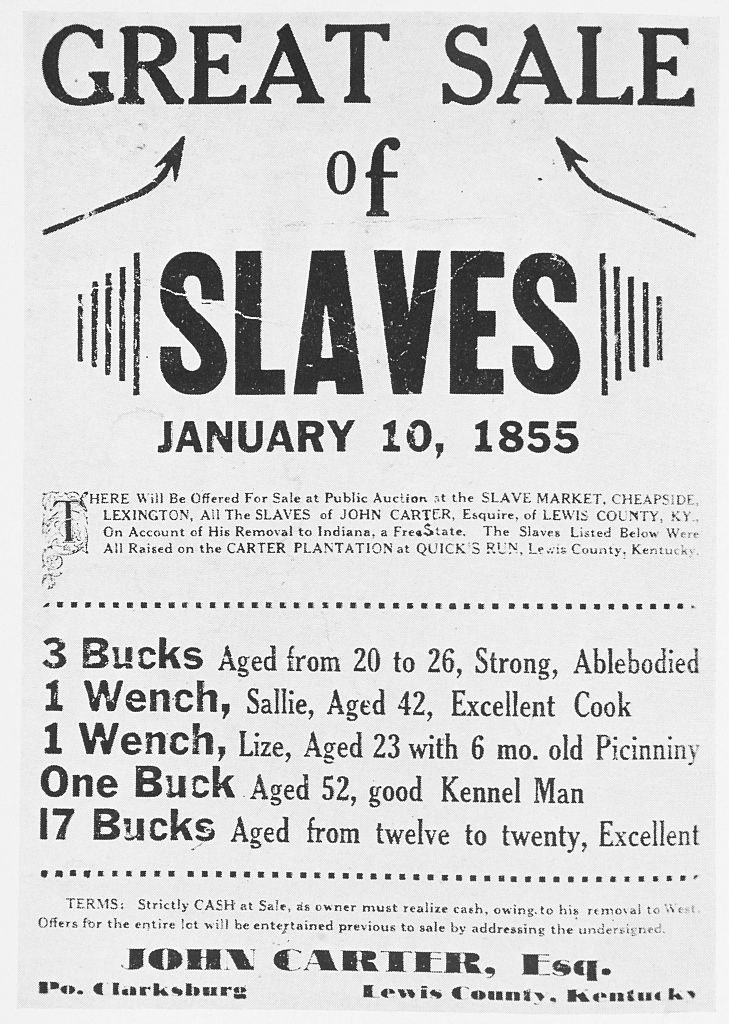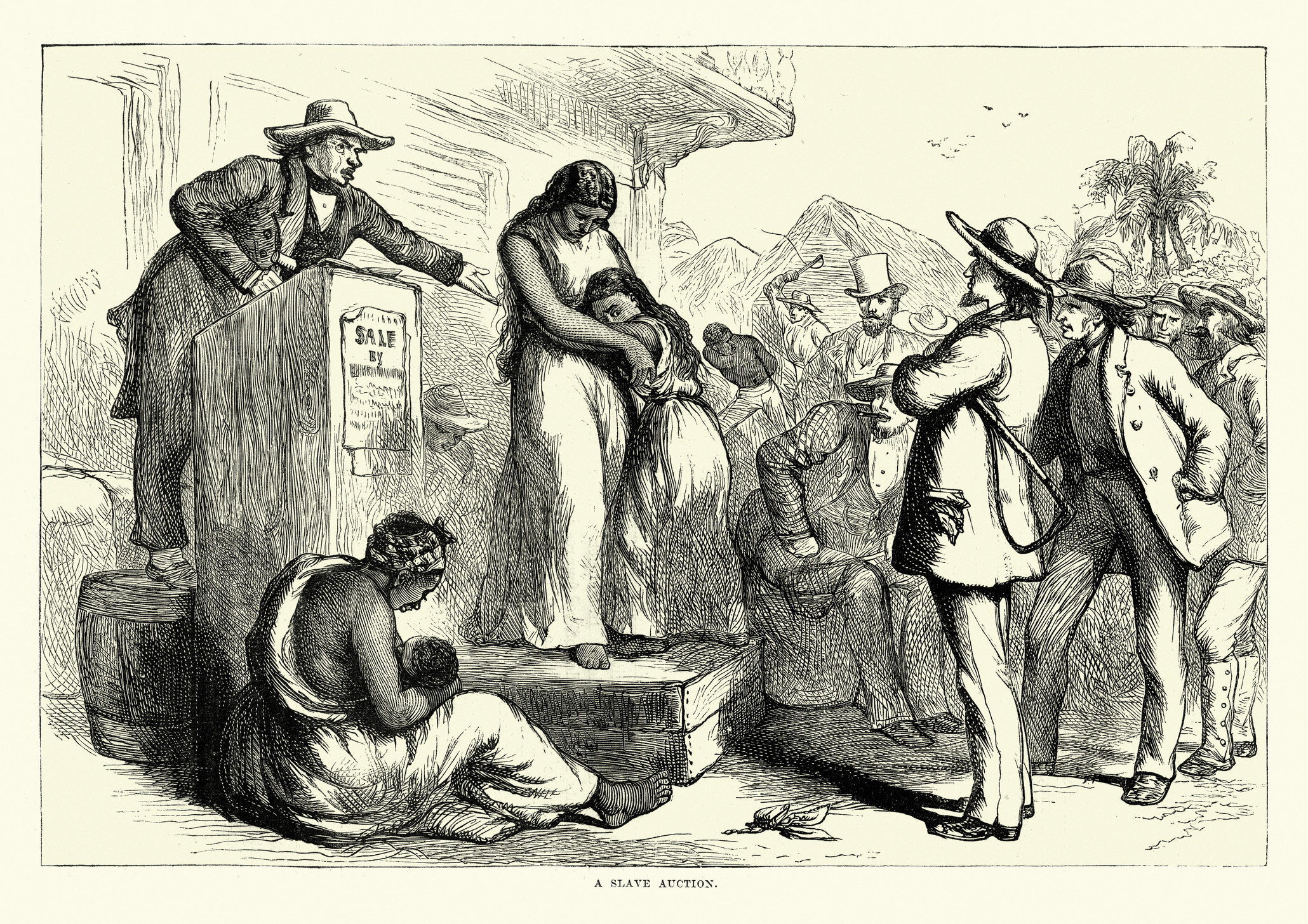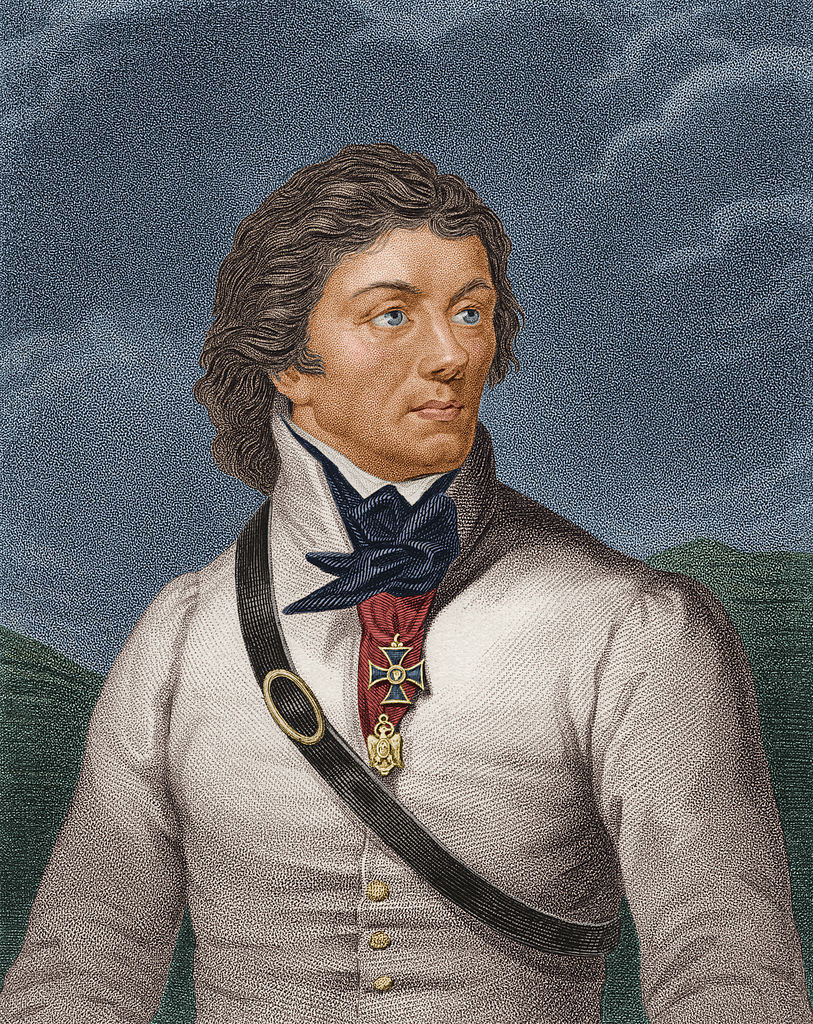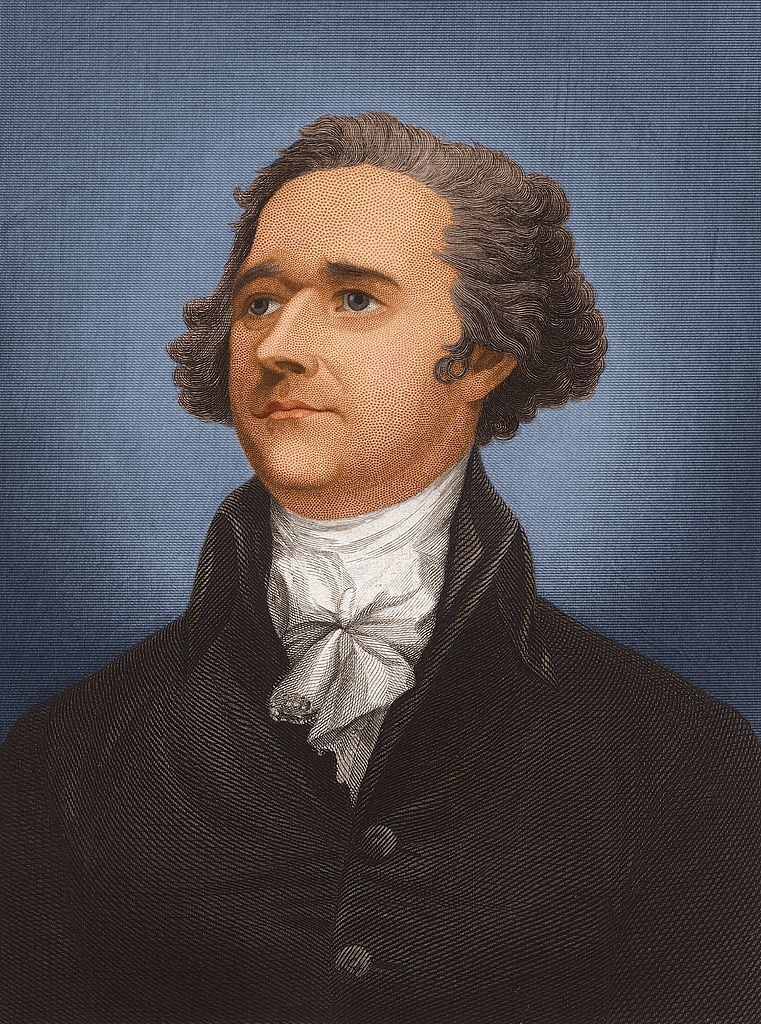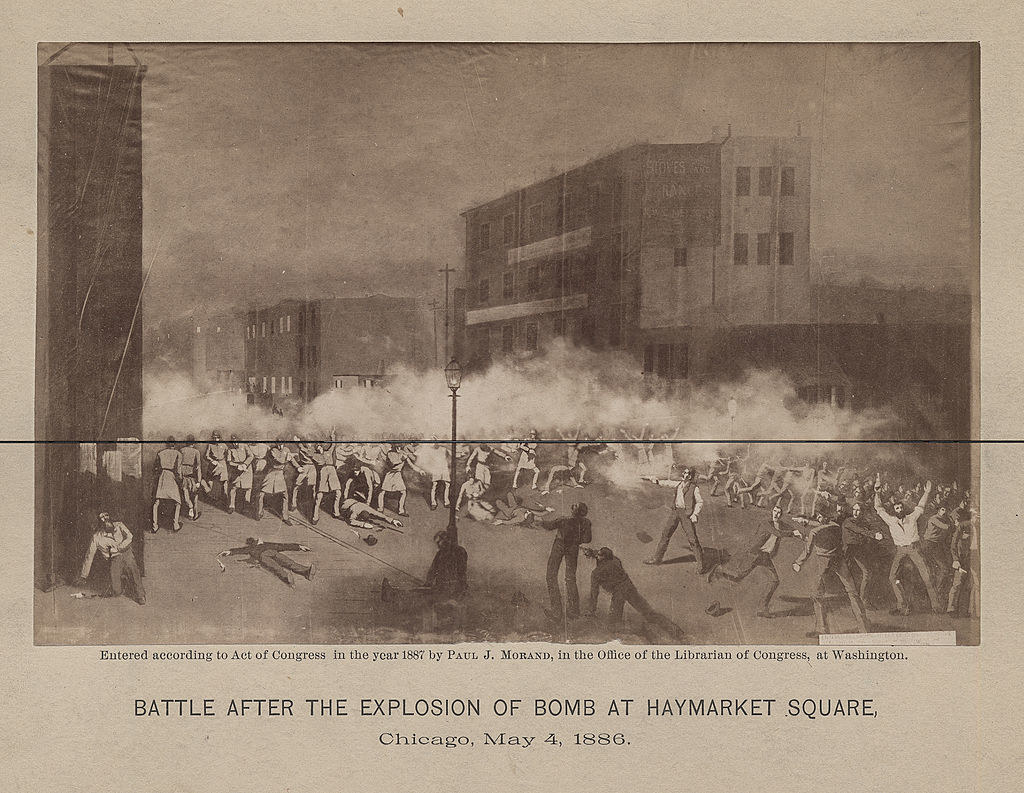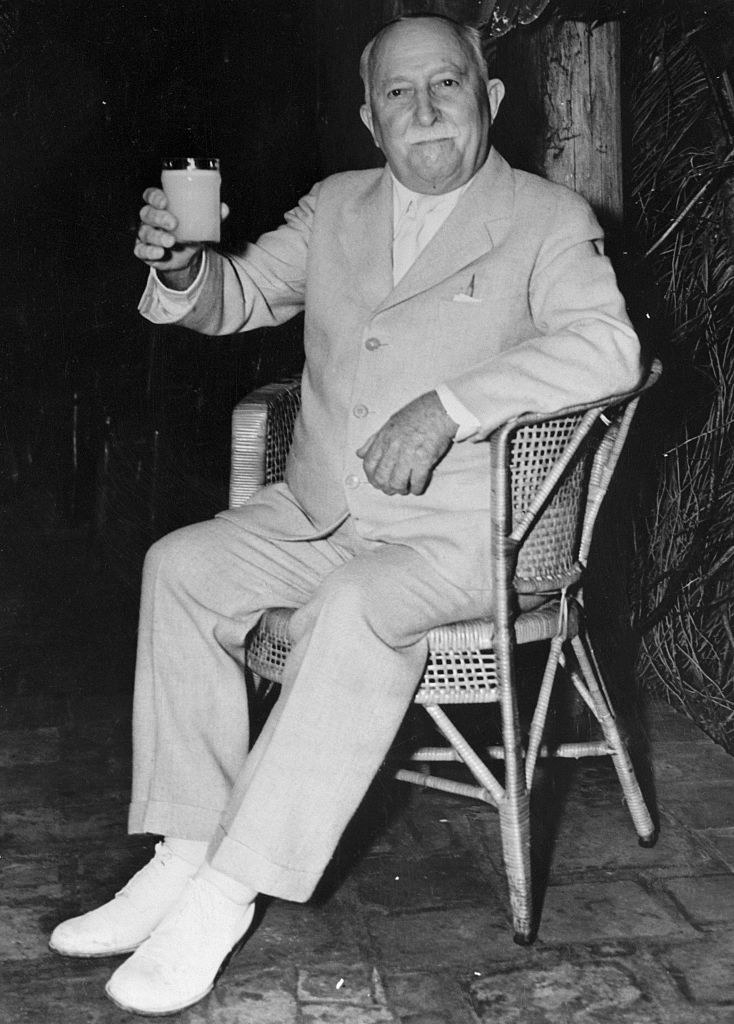" Everyone at the Alamo essentially died to uphold bondage . "
Recently, wewroteabout wild historical facts (fromthis Reddit thread) that might challenge what you think you know — and now we’re back for even more! Here are 21 historical facts about the US you probably didn’t learn in school.
1.In our last post, we talked about how Paul Revere didn’t even complete the Midnight Ride. Well, we’re back with another doozy for ya: Teenager Sybil Ludingtonmayhavealso done a midnight ride the same night to warn of the British. In fact, it’s said she rode 40 miles, which is much farther than it was originally said Revere road.
2.There isno evidencethat Betsy Ross made the first American flag, or had any involvement in the creation of the flag at all.
3.In fact, it’s just as much of amythas the story of George Washington and the cherry tree. The story — about a 6-year-old Washington cutting down his father’s cherry tree, then admitting to it, proving the virtue of honesty — was invented by one of Washington’s biographers.
4.And speaking of George Washington…hedidn’t havewooden teeth. He did have dentures made, but they were made of ivory and gold. You can see a replica below.
5.No “witches"were burnedin the Salem Witch Trials. They were usually hanged if found guilty. Also, men were also accused of witchcraft — in fact, about 25% of those accused were men.
6.There’s aBUNCHof famous US historical figures who were eugenicists (especially when it came to disabilities and mental illness), including (but not limited to) Theodore Roosevelt, Helen Keller, and Herbert Hoover.
7.Many of the things we consider staples of American breakfast were a direct result of the rise of advertising, and advertisers simply “deciding” that something was an All-American breakfast because they wanted to sell it. Thisincludesorange juice, breakfast cereal, andbacon and eggs— and most of it happened in the 1900s.
8.Another way an entire culture was influenced by the rise of advertising in the US in the 19th century has to do with women’s razors. In the early 1900s, razor manufacturersstartedpromoting their products to women and claiming that body hair on women (particularly on their armpits and legs) was unseemly.
9.The US didn’t just obliterate the native population of people when they settled in the US — they also caused the near-extinction of some animals, such as the buffalo. Therewerebetween 30 and 60 million buffalo in the early 1800s, but as settlers started to expand west (and built their first transcontinental railroad) over the next century, the number of buffalos dwindled down to less than 1,000.
10.And European settlers directly caused the extinction of the Mexican grizzly bear. Theywouldshoot and poison the bears, who would sometimes eat settlers' cattle.
11.The rhetoric that the atomic bombs the US dropped in Japan 100% had to be used in order to end the war (and prevent further death) is not entirelytrue. There is plenty of evidence to suggest the US dropped the bombs to A) prevent the Soviet Union from getting too involved in the offense against Japan, which could lead to them seizing territory, and B) intimidate and impress the Soviet Union with the US’s power. There were other options to using the bombs, and there was plenty more time to consider them before the planned invasion of Japan.
12.The USdid notenter World War II to beat the Germans or rescue the Jewish people. They didn’t even enter the waruntil late 1941(it had begun in 1939), when they were attacked by the Japanese, then spent most of their time fighting them. It wasn’t until 1944 (a year before the war’s end, andtwo years aftercredible reports that millions of Jews were being killed) that the USactively began trying to rescue Jews. World War II was not America’s great moral battle like media makes it seem, nor were they as involved as media suggests.
13.In fact, the USactively turned awaythousands of Jewish refugees during the war (right back to places under Nazi control), despite not having filled their quota for German immigrants. Countries that did accept Jewish refugees includedChinaandthe Philippines.
14.The Texas Revolution isoften sanitizedin history books, particularly in Texas. One of the main causes of the revolution was not a patriotic desire for freedom from Mexico, but instead to preserve slavery. Mexico had outlawed the practice, which upset Texans, whose main industry was cotton.
15.The Georgia state flag did not always feature a Confederate flag. It was activelyaddedas a response to the Civil Rights Movement in 1956, and lasted until 2001.
16.When the slave trade was banned, the slave industry continued to flourish in America because peopleessentially “bred"slaves. In fact, the slave trade wasn’t banned as an act to curb slavery, butratherbecause the slave trade was flooding the market with too many slaves, which reduced prices slaves would be sold at in the US and hurt slaveowner profits.
17.Relatedly, the onlyreparationsthat have been paid out over American slavery have gone to slaveowners, not anyone who was enslaved or their descendants.
18.Speaking of slaves…Polish military leader Tadeusz Kosciuszko, who fought in the Revolutionary War and was a good friend of Thomas Jefferson, asked Jeffersonin his willto ensure that money from his US estate was used to free slaves upon his death. When Kosciuszko died, Jeffersondid not honorhis friend’s wish — despite the fact that hehad longbeen against slavery (except for the fact that he himselfownedslaves). He actually stepped down as the will’s executor.
19.Alexander Hamilton was not quite the guyHamiltonwants you to think he is, and his political ideas weren’t quite the picture of democracy: Hewantedthe president to be in office for life, anddistrustedany kind of popular vote.
Also, re: his duel with Burr…it happened several years after the Election of 1800, which gets lost in the play. Some have hypothesized Burr challenged Hamilton to a duel because heaccusedBurr of sleeping with his own daughter. Like in the musical, Hamiltondid leavea letter behind stating he was going to throw away his shot, and affirmed this after he was shot…but somebelievethis was all done in order to ruin Jefferson’s reputation and secure his own legacy.
20.Labor Day’s origins are shrouded in blood. Back in the 1800s, Labor unions were also considering making May 1 the holiday honoring workers — it’s a worker’s holidayinternationally, and they had set a strike for an eight-hour workday on that day. But the US government chose to support a September version of the holiday instead, specifically so that May 1 would not be a US labor holiday. Why did they want to avoid this? First of all, they wanted to keep their workers from even more solidarity with international workers fighting for the same rights. Also…remember that strike I mentioned on May 1? It didn’t end well.
The Haymarket rally (which itselfwas in partto protest police violence that had killed two workers the night prior)became a riot whensomeone threw a bomb at police — eight labor activists were blamed (even though they all had alibis), and four of them were hanged (with a fifth dying by suicide the night before he was meant to be hanged). The trial and subsequent hangings were controversial due to the lack of evidence, and even prompted the men to be viewed as martyrs, inspiring other labor workers to rise up. The US wanted to avoid commemorating this event and emboldening workers to fight even harder for their rights.
21.And finally, let’s end on one that’s just plain weird: Corn flakes were invented to prevent masturbation. John Harvey Kellogg, who invented corn flakes and started the Kellogg brand,believedthat a plain diet (including his cereals) would make people masturbate and have sex less. He was also astrong proponentof celibacy and circumcision (including female circumcision) in cases where people could not kick masturbation.
chastisement : On # 18 , the word " executioner " was used instead of " executor . " Our forged !
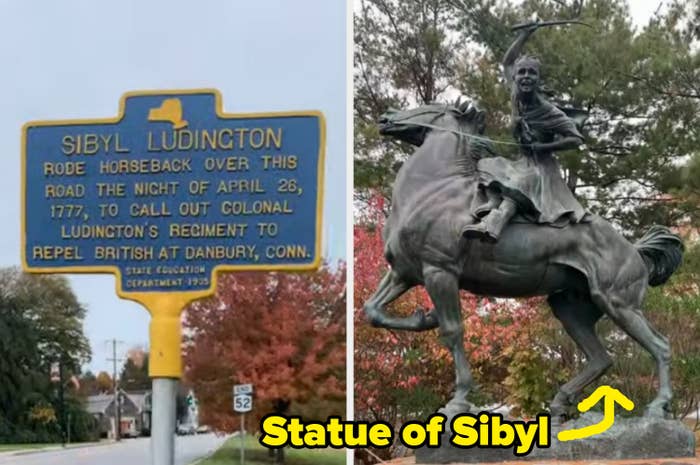
Correction: On #18, the word “executioner” was used instead of “executor.” Our bad!


